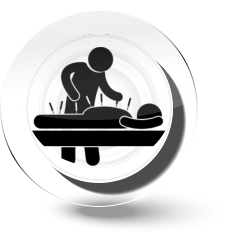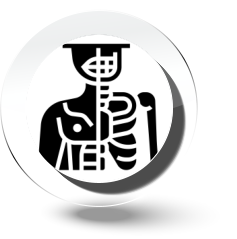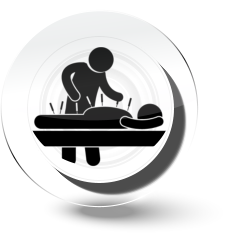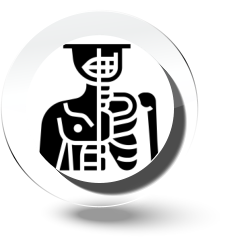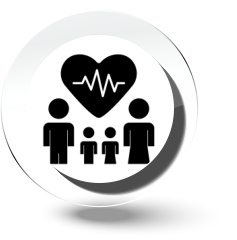

Business Hours
We are still getting established,
Contact Us for an Appointment!
137 North Main Street,
Cedar City, UT 84720
David Dalton, DO
Family Medicine
Family Medicine: The Center of Primary Care Unlike other specialties that are limited to a particular organ or disease, family physicians are the only specialists qualified to treat most ailments and provide comprehensive health care for people of all ages — from newborns to seniors. This looks like: • Caring for patients regardless of age or health condition, sustaining an enduring and trusting relationship • Understanding community-level factors and social determinants of health • Serving as a patient's first contact for health concerns • Navigating the health care system with patients, including specialist and hospital care coordination and follow-up • Using data and technology to coordinate services and enhance care • Considering the impact of health on a patient’s family It’s the combination of passion for the patients and a depth of knowledge of the human body that makes primary care such a unique, effective specialty. Access to a regular primary care physician has been linked to: • Lower infant mortality • Higher birth weights • Immunization rates above national standards • Lower overall health care costs • Longer, healthier lives What Family Physicians Do Schooling Family physicians complete extensive training beyond medical school in order to be able to provide the best possible patient care, including a three-year residency; in-depth training across a human lifespan from birth to death; and potential additional fellowships and qualifications in concentrations like adolescent medicine, emergency medicine, faculty development, and more. Family medicine residents participate in integrated inpatient and outpatient learning and receive training in six major medical areas — pediatrics, obstetrics and gynecology, internal medicine, psychiatry and neurology, surgery, and community medicine. Practice Family physicians provide the majority of care for America’s underserved rural and urban populations. In addition to diagnosing and treating illness, they also provide preventive care, including routine checkups, health-risk assessments, immunization and screening tests, and personalized counseling on maintaining a healthy lifestyle. Family physicians also manage chronic illness, often coordinating care provided by other subspecialists. From heart disease, stroke and hypertension, to diabetes, cancer, and asthma, family physicians provide ongoing, personal care for the nation’s most serious health problems.

The Country Doc Shop



Business Hours
We are still getting established,
Contact Us for an Appointment!
Serving Iron County &
Washington County & all of
Southern Utah
David Dalton, DO


The Country Doc Shop

Family Medicine
Family Medicine: The Center of Primary Care Unlike other specialties that are limited to a particular organ or disease, family physicians are the only specialists qualified to treat most ailments and provide comprehensive health care for people of all ages — from newborns to seniors. This looks like: • Caring for patients regardless of age or health condition, sustaining an enduring and trusting relationship • Understanding community-level factors and social determinants of health • Serving as a patient's first contact for health concerns • Navigating the health care system with patients, including specialist and hospital care coordination and follow-up • Using data and technology to coordinate services and enhance care • Considering the impact of health on a patient’s family It’s the combination of passion for the patients and a depth of knowledge of the human body that makes primary care such a unique, effective specialty. Access to a regular primary care physician has been linked to: • Lower infant mortality • Higher birth weights • Immunization rates above national standards • Lower overall health care costs • Longer, healthier lives What Family Physicians Do Schooling Family physicians complete extensive training beyond medical school in order to be able to provide the best possible patient care, including a three-year residency; in-depth training across a human lifespan from birth to death; and potential additional fellowships and qualifications in concentrations like adolescent medicine, emergency medicine, faculty development, and more. Family medicine residents participate in integrated inpatient and outpatient learning and receive training in six major medical areas — pediatrics, obstetrics and gynecology, internal medicine, psychiatry and neurology, surgery, and community medicine. Practice Family physicians provide the majority of care for America’s underserved rural and urban populations. In addition to diagnosing and treating illness, they also provide preventive care, including routine checkups, health-risk assessments, immunization and screening tests, and personalized counseling on maintaining a healthy lifestyle. Family physicians also manage chronic illness, often coordinating care provided by other subspecialists. From heart disease, stroke and hypertension, to diabetes, cancer, and asthma, family physicians provide ongoing, personal care for the nation’s most serious health problems.















